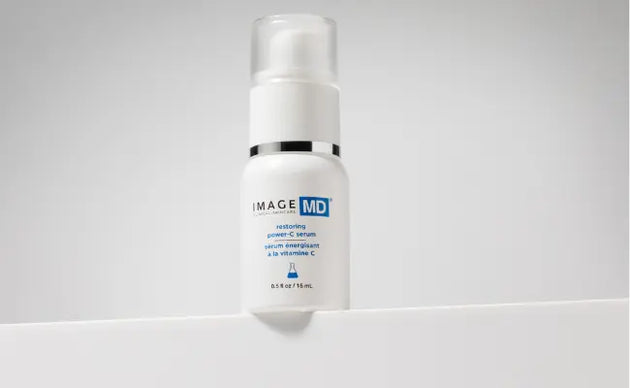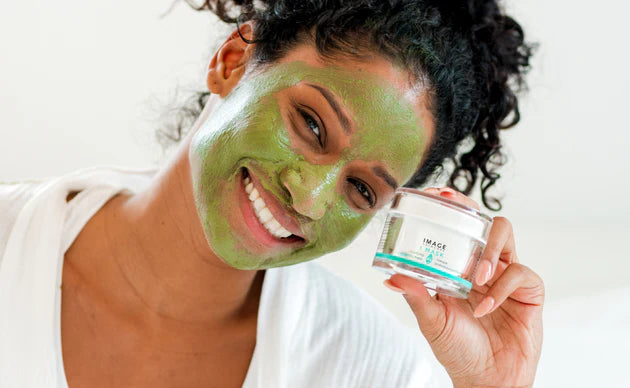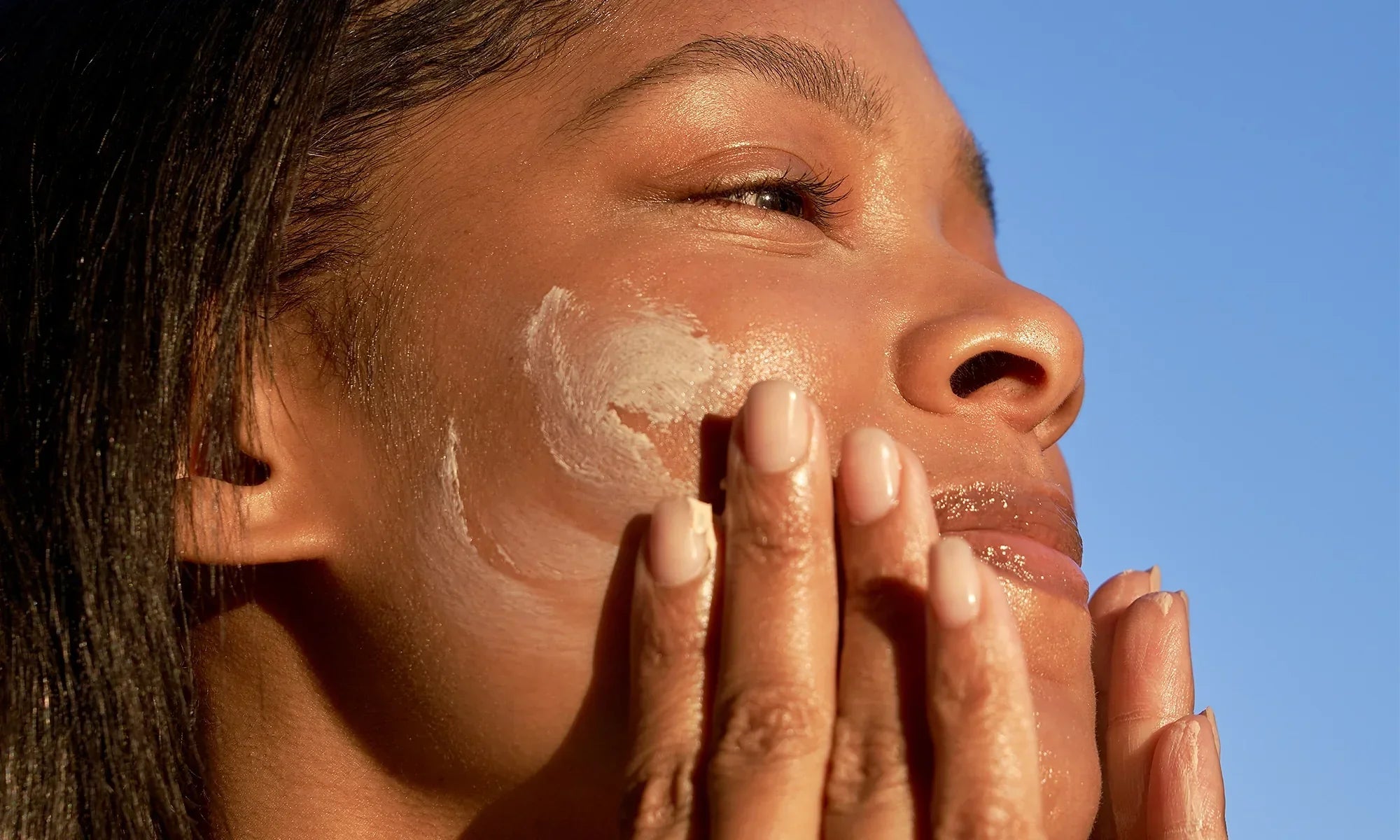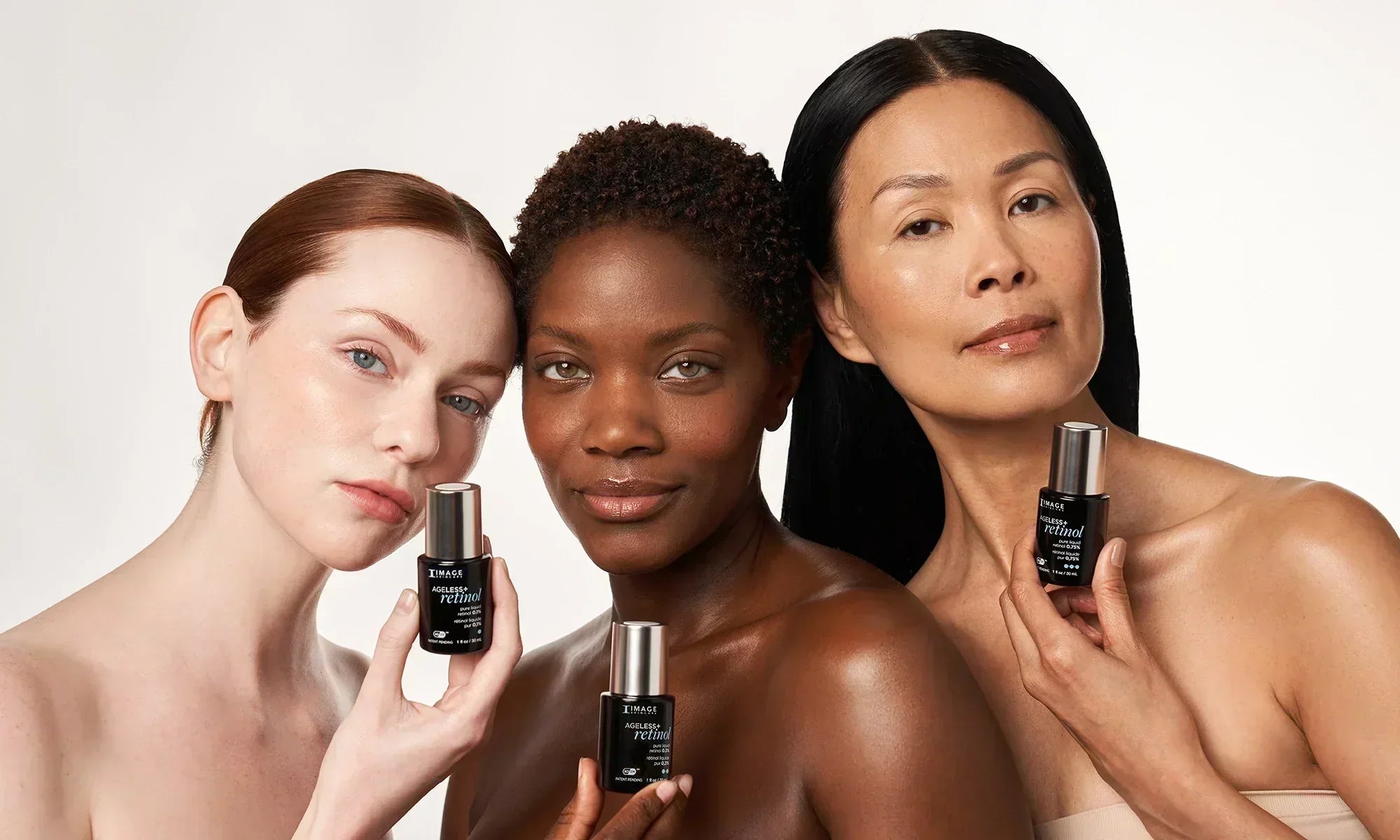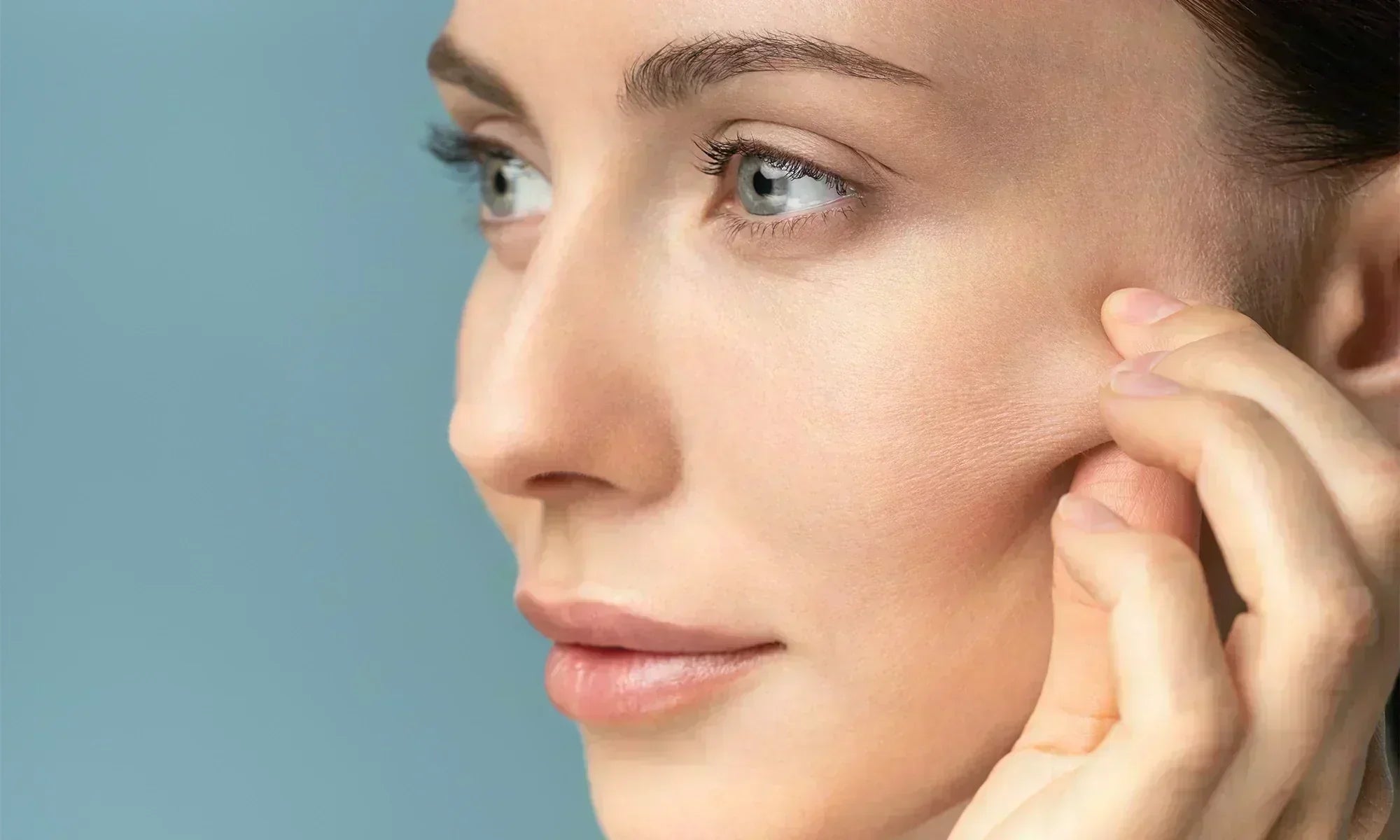
3 Tips for Improving Skin Elasticity
How to Improve Skin Elasticity
We’ve created the AGELESS+ retinol line to visibly improve firmness and reduce the signs of skin aging. From targeted serums to overnight treatments, each formula is powered by precision-dosed retinol and smart delivery systems to optimize product penetration.
What Is Skin Elasticity?
Skin elasticity refers to your skin’s ability to stretch and return to its original shape. Skin with strong elasticity looks plump and firm—it resists sagging and holds its shape with facial movement and age.
This resilience comes from collagen and elastin, two proteins found in the skin’s middle layer, the dermis. Collagen gives skin its structure, while elastin provides flexibility. When production of these proteins slows, skin loses its firmness and bounce.
What Contributes to Loss of Elasticity?
Elasticity loss, also known as elastosis, is a natural part of aging—but it can be accelerated by certain lifestyle and environmental factors.
When Do You Start to Lose Elasticity in Your Skin?
Collagen and elastin production begins to decline in your late 20s. By your 30s and 40s, visible signs like fine lines, sagging around the jawline, or a loss of facial volume may start to appear. During menopause, collagen production drops more rapidly, further reducing skin elasticity.
Other key factors include:
UV exposure: UVA and UVB rays break down collagen and elastin fibers, leading to faster aging.
Aggressive skincare habits: Tugging at skin—especially around the eyes—can stretch and weaken the skin’s structure.
Neglecting daily SPF: Sun damage builds over time. Without protection, skin becomes more prone to premature sagging.

Tips to Increase Skin Elasticity
If you’re wondering how to increase skin elasticity, it starts with a skincare routine that targets collagen loss and promotes healthy renewal. Here are three clinically backed ways to improve elasticity and support firmer skin:
1. Use Targeted Retinol Products
Retinol is a powerhouse ingredient for improving elasticity, firmness, and the visible signs of aging.
-
Try: The AGELESS+ retinol line

Our retinol collection is powered by XOSM™ Technology, a smart delivery system that helps reduce irritation while maximizing results. Formulated to visibly support collagen-rich skin while maintaining a healthy skin barrier and reducing redness. Below is our full line, including their respective strengths and benefits:
pure liquid retinol 0.1% – Low dose retinol gentle introduction to retinol that improves skin texture, elasticity, and radiance.

pure liquid retinol 0.3% – Standard dose formula for improving firmness and reducing the look of fine lines.

pure liquid retinol 0.75% – Extra strength dose for visible improvement in deep-set lines and sagging skin.

retinol repair crème 0.3% – Low dose formula combines retinol with niacinamide, AHAs, and brightening botanicals to improve elasticity and skin tone.

retinol overnight masque 0.5% – Standard dose nourishing overnight formula that helps plump and smooth tired, dull skin.
retinol treatment crème 1.2% – Extra strength dose, clinical-grade retinol complex that targets deep wrinkles and visible loss of firmness.

2. Hydrate and Plump with Hyaluronic Acid
Hyaluronic acid is essential for hydration and plays a supporting role in maintaining elasticity. It helps skin look plump, smooth, and resilient.
-
Try: AGELESS total pure hyaluronic6 filler
This concentrated serum uses six forms of hyaluronic acid to provide multi-level hydration. Added citrus peel and apricot extracts help support the skin barrier and maintain elasticity.

3. Daily SPF is Essential
UV rays are one of the top causes of premature collagen loss. Wearing broad-spectrum sunscreen every day helps protect the skin’s structure and elasticity. There are a wide variety of DAILY PREVENTION daily moisturizers with SPF to choose from, addressing every skin type, condition, and texture preference.
In Summary
When it comes to skin health, prevention and repair go hand-in-hand. With collagen-boosting ingredients like retinol and hyaluronic acid—and the advanced delivery power of XOSM™ Technology—the AGELESS, AGELESS+ retinol, and DAILY PREVENTION collections are your go-to solutions for visibly firmer, more elastic skin.

